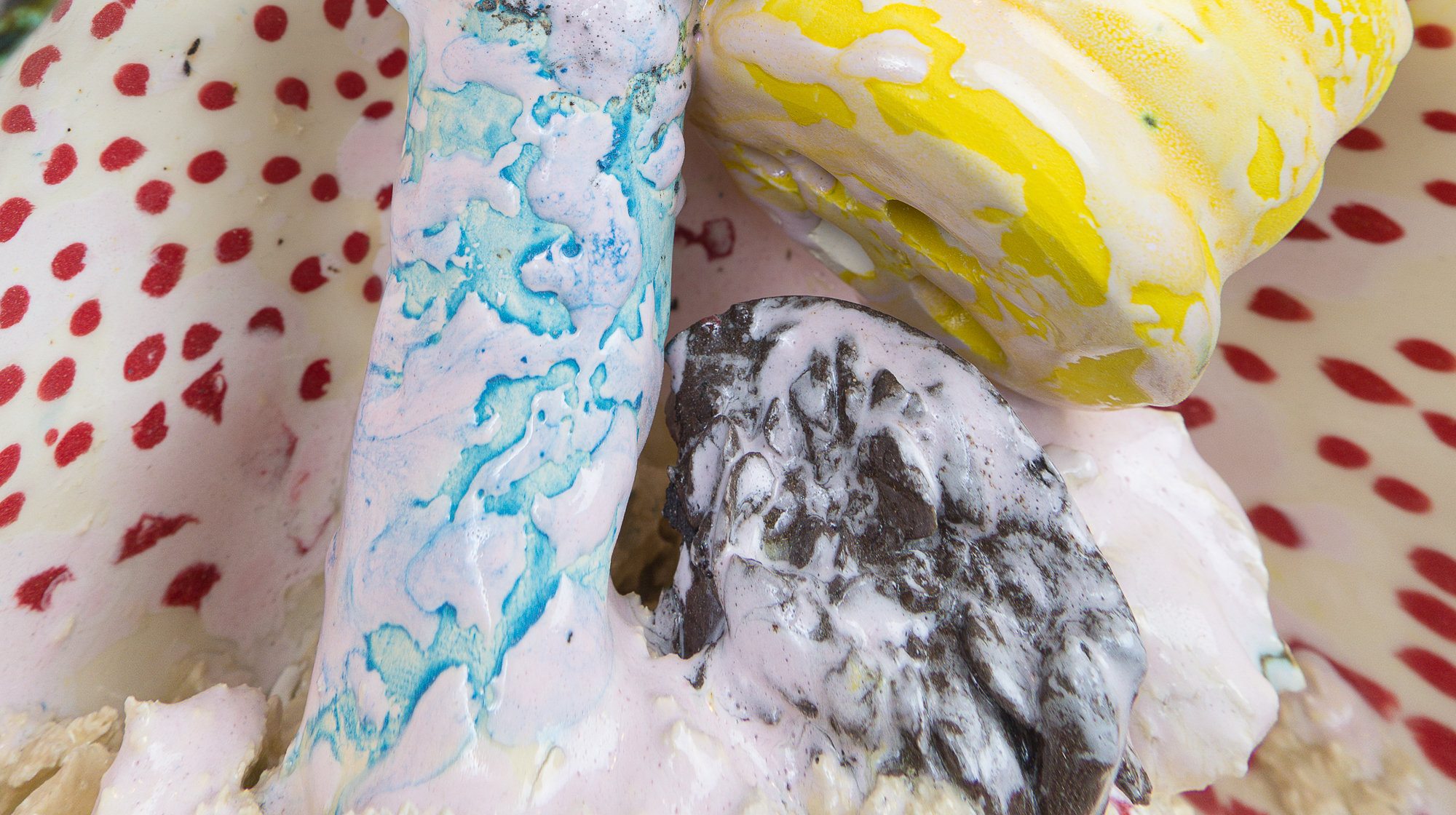





































































































I began this project thinking about the space of an apse, a niche, or grotto, and further more the absence of a thing within that space. It led me to think about the sort of interior implied by an inset wall piece by my former professor Jackie Winsor. I have always loved the way that Jackie created space within a form; with a niche inset into a wall, or a volume with a window implying a void, a breath within.
I began to reflect on sculptural niches, and upon the architectures of of prayer and meditation. Growing up with allot of religion in my youth; the practice of focused meditation directed toward an idol, a space, a cloud of unknowing, became a sort of wishful thinking – filling up a void with thought and prayers. These sculptural containers invite the viewer to approach and linger, to perceive time and pay attention. Temporality is an intrinsic property of these objects since the duration of perception corresponds to the time of realization of the work. My ceramics in many cases act as a crucible in which I place glass, and other materials, slumping them into the form under extreme heat. The viewer’s object of attention is a crucible of thought by focusing not form, but the absence of form; the space contained, the wishful thought.
This series of ceramic, glass and mixed media grottos are loosely based on a beehive form derived from drawings I made of reliquaries and stone carvings I observed while traveling in Italy and France. In the Catholic tradition, the reliquary contains sacred relics, powers, and memories. The cult of the Sacred Heart (Sacré-Coeur) derived from Catholic rituals and idolization in my youth led me to examine ways that idolization manifests in the banality of everyday life. While researching examples in history, I came across a peculiar example of a sacred heart reliquary connected to the story and imagery of the death of Marat. When the aristocrat named Charlotte Corday plunged her knife into the heart of Jean-Paul Marat while he lay in his bathtub on July of 1793, she created one of the French Revolution’s most powerful martyr heroes. His body and memory were elevated into a ceremonial pantheon. His heart was removed and placed into a makeshift reliquary–a bejeweled urn that had once belonged to the deposed French monarch. The reliquary served as a focal point for public ceremony and devotion. The cult of the Sacred Heart (Sacré-Coeur de Jean-Paul Marat) a form of propaganda derived from religious idolization rituals. A peculiar digression, but the idea of this secular reliquary, this empowerment of the heart, or person in a container is such an arresting idea. This series of rebellious hearts is in part an amalgam of all these trains of thought, and are also a peculiar reflection of contemporary social and political upheavals unfolding before us.
